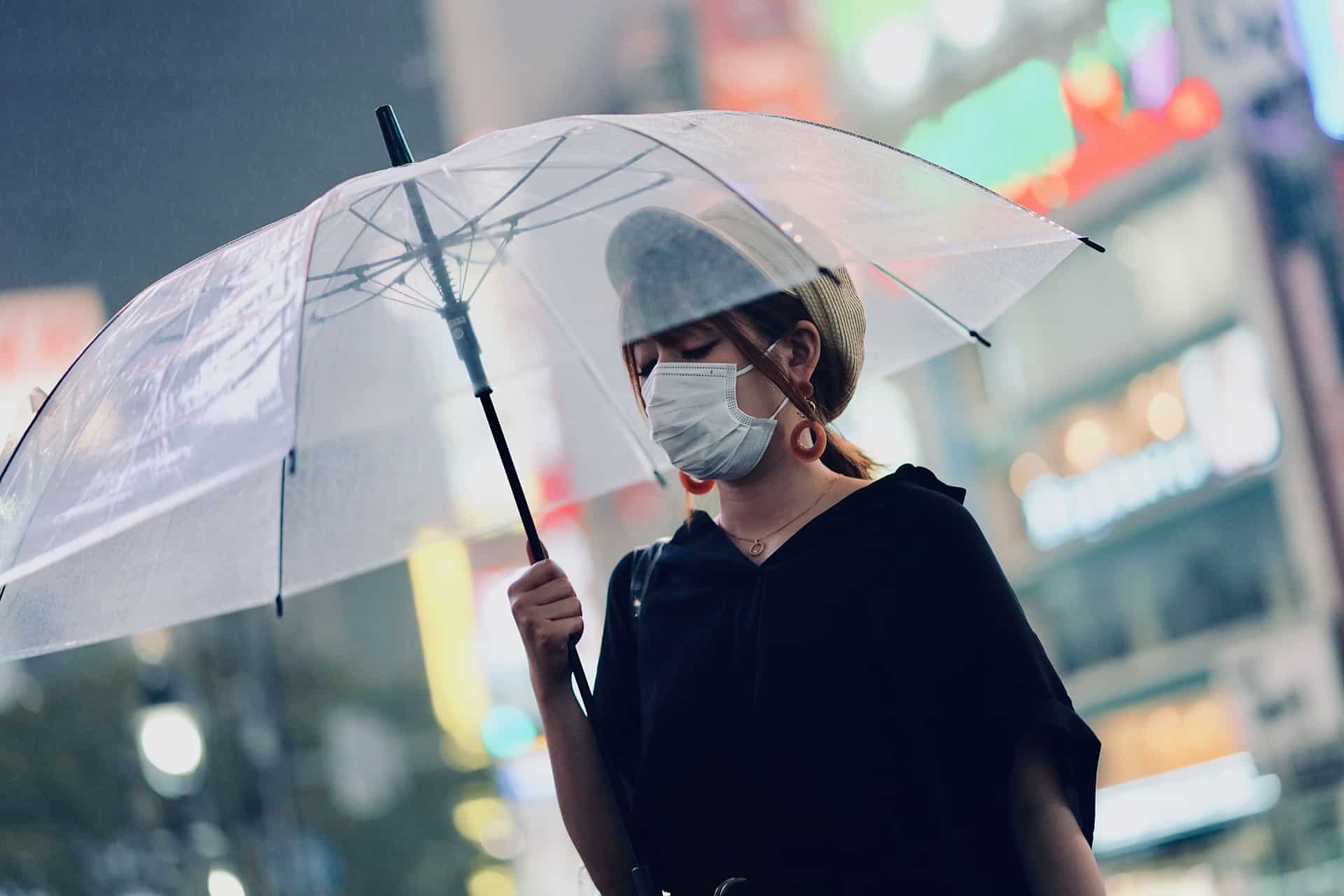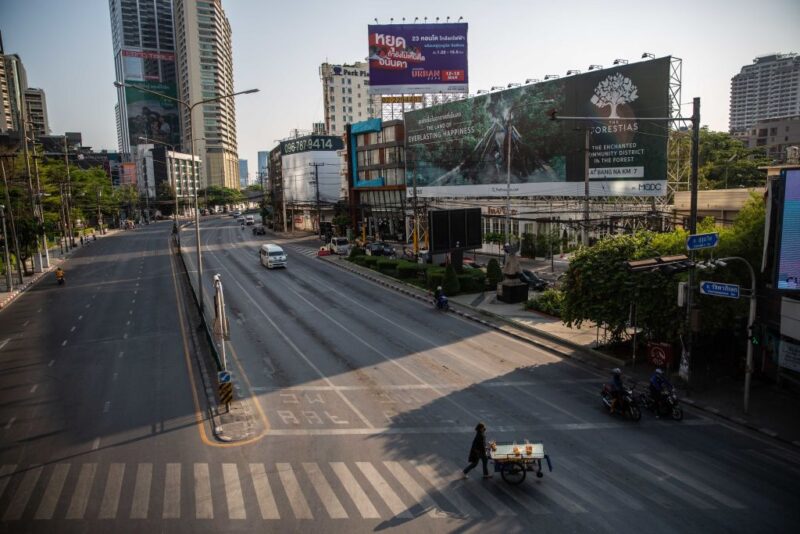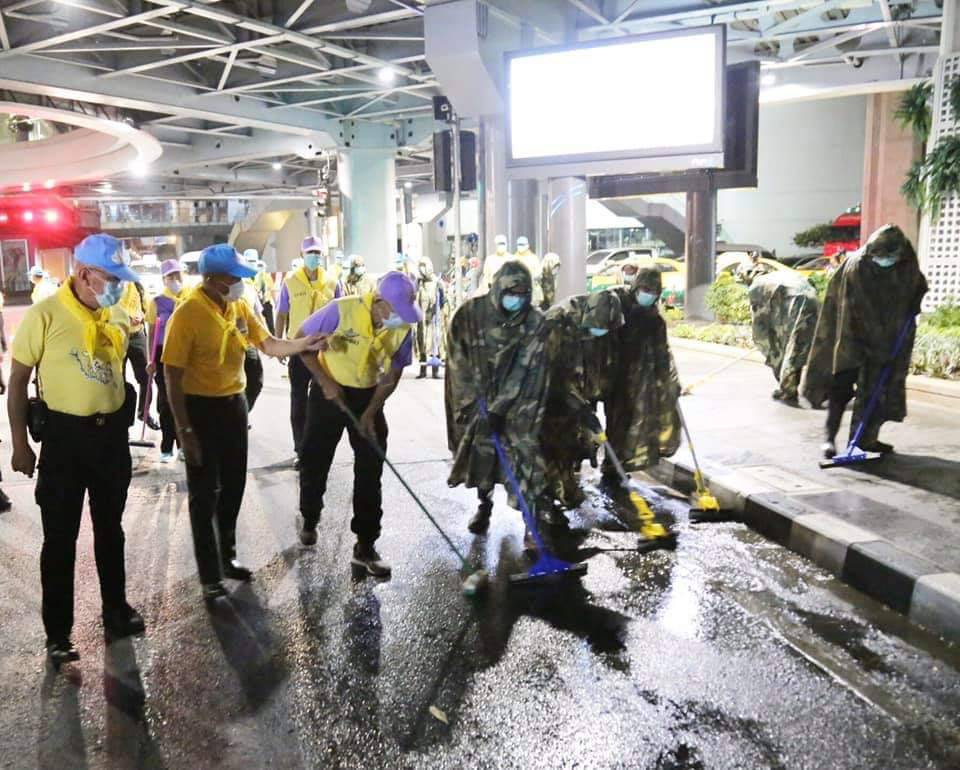There are many ways to stay close
Difficult times bring people together. We should all practice physical distancing and social closeness in the present climate, and the same is true for brands and businesses and their customers. As part of a global collaboration, I have been working over the last few days with different agencies to put together thoughts on how businesses should be reacting to Coronavirus.
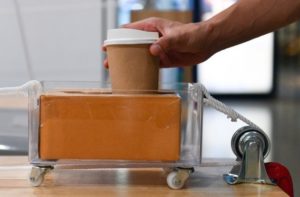
First a shout out to Beyond Research, based in Italy, who initiated this project and put together an initial framework. My small part has been to look around Asia, and especially at China, Singapore and Thailand (where I have just moved) to compare Asian reactions to those in other countries. The full deck will be available soon, but in the meantime let me share some of what I have found in Asia.
Beyond Research’s initial framework considered the changes in how we all perceive time, space and personal identity. They also identified four archetypes based on the behaviours of people and brands:
- The INNOCENT victim who recognizes the challenge and seeks to escape
- The JESTER who mocks and denies the situation
- The WARRIOR who also denies but challenges and fights
- The EVERYWOMAN or EVERYMAN who accepts and seeks to normalize
Looking at reactions in Asia, you may not be surprised that the focus is on community and relationships with other people, and so the COMMON MAN and the CAREGIVER (in combination with the INNOCENT) are most prevalent and should guide how businesses and brands react.
Most Asian countries are not in denial
China was ahead of every other country in terms of the impact of the Coronavirus, but other Asian countries were ahead of almost everywhere else in the world in awareness and introducing initial mitigation measures. There will be more on that in a separate post.

While social media shows a large amount of defiance and ‘war mentality’ in personal responses to the pandemic, the majority reaction is to accept and deal with the situation. Most are treating the situation seriously, and while the Thai culture values fun this is expressed in examples like the Bangkok Skytrain’s video of staff dancing and singing while keeping stations clean and hygienic.
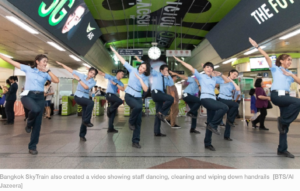
Collectivist values mean that most responses are focused on the need to maintain normality, protect people and care for the community. There have been many examples of brands reacting badly with price gouging and little concern for staff, not to mention the number of long messages I have received from brands that say ‘your safety is important to us’ while doing nothing concrete. So let’s focus on more positive examples of brands that have changed the way they work to accommodate the new reality.
Coping with the new normal
Many Asian businesses have embraced the ‘life goes on’ mentality, while trying to simplify their customers’ lives and adapting to a new reality. The biggest trends are clearly a move toward online shopping and home delivery (which was already very advanced in China). Baidu has helped Beijing authorities deploy AI-empowered temperature screening systems, which can test 200 people’s temperature in 1 minute and automatically alert if fever is detected.
In China, Nike posted online videos showing at-home workouts and launched a free workout app to help people exercise without leaving home. Procter & Gamble have been live-streaming discussions with medical specialists and scientists to share tips on virus protection and other safety issues. At the other end of the spectrum, Absolut Vodka created one-off live-stream events so customers could attend ‘virtual’ parties in their own homes.

Protecting your most important asset

China and Thailand have been using robots in hospitals (for some reason called ‘ninja robots in Thailand) and even in retail stores to help maintain physical distancing. In Thailand, restaurants are only able to sell deliveries or take-away and many have been arranging their space so that seating for those waiting maintains the correct distance apart. Some cafes were even using toy cars to serve drinks to customers.

(AP Photo/Sakchai Lalit)
In China, Starbucks launched a “No Contact” campaign to ease consumers’ minds. They showed consumers all the measures and processes taken to ensure every employee is healthy and coffee adequately protected from contamination. For example, every customer must maintain a meter distance from each other when queuing, all coffee cups and delivery bags are sealed, and every deliveryman is temperature checked and all delivery boxes are sterilized.
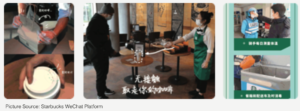
Similarly, in Singapore McDonalds has simplified its menu and introduced ‘contactless’ delivery (other brands have followed), while DBS Bank outlined a series of digital measures to give customers “contact free” banking. AIA is offering free COVID-19 insurance for 1.4 million customers and employees in Singapore.

In Indonesia, food chain Sederhana is giving free meals to delivery drivers with every online food order. In China, Royal Canin has been supporting care for homeless cats and dogs for years. Recently, the brand donated 6.8 tons of pet food, aiming to help cats and dogs retained in Wuhan whose owners were unable to care for them due to quarantine or other restrictions.
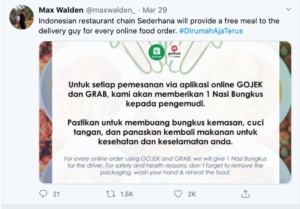
How Asian brands can use creativity to combine physical distance with social closeness
The above examples and the archetypes that are embodied in them demonstrate the creative leaps that businesses and brands need to take moving forward.
- Show empathy and provide comfort and protection to customers
- Understand, share and support new social norms of behaviour
- Help people to enjoy their lives, interests and pleasures in a changing environment, and especially in ways that keep them safe and physically distanced
- Accelerate digital transformation, move more quickly to e-commerce platforms and find ways to make your business more ‘virtual’
- In summary, understand changing mindsets and adapt to the ‘new normal’ with new business models, ways of working and product and service offerings
I would welcome readers sharing other examples of good practice from brands. Above all, we are all in this together!


